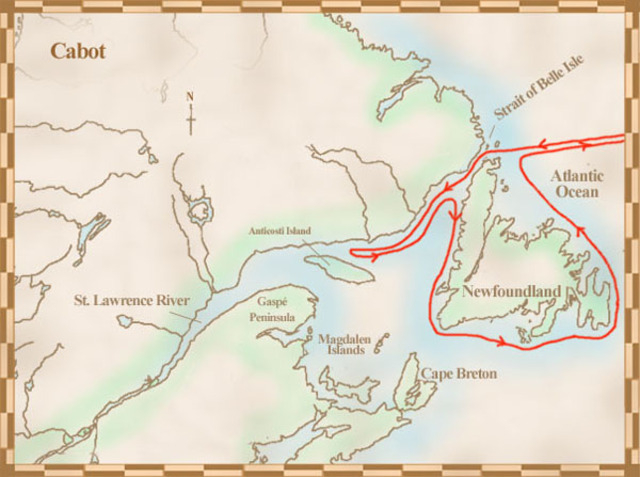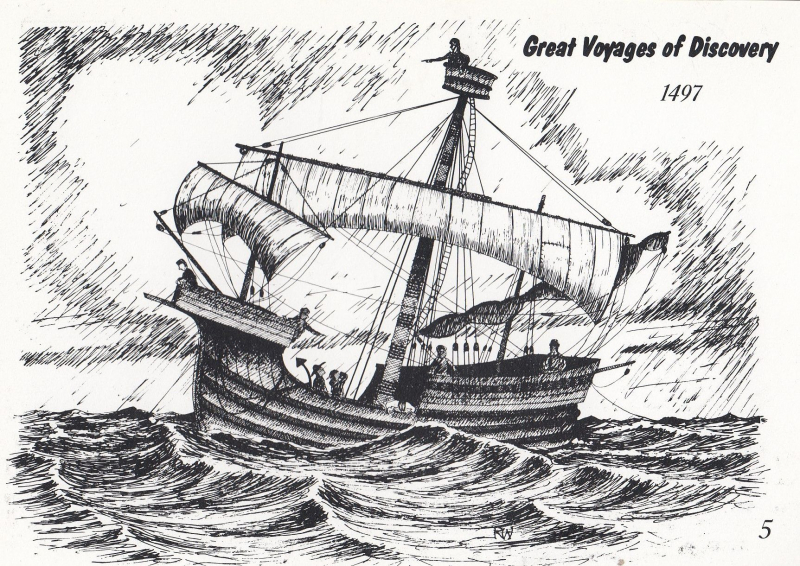His second voyage is the only voyage to make it to North America.
John Cabot soon attempted again with a ship called Matthew following his initial failure. He arrived in North America after a journey that lasted more than a month. There are many locations vying for this distinction, and the precise site is unknown. Why? because they can draw visitors to their location historians state Labrador or Newfoundland. There is a lot of information on Cabot's second voyage in John Day's letter from the winter of 1497–1498. Day is reported to have known the expedition's major players and was able to report on it because of this. Columbus would likely have considered that these journeys challenged his monopoly for his discovery of the west if the territories Cabot had explored were west of the meridian as agreed in the Treaty of Tordesillas, or if he had intended to sail further west.
The mission departed Bristol and traveled across Ireland and the Atlantic Ocean before landing on a North American shore on June 24, 1497. Different localities have vied for the title of being the landing's actual location for a very long time. According to historians, possible locations include Cape Bonavista and St. John's in Newfoundland, Cape Breton Island in Nova Scotia, Labrador, and Maine. It appears likely that the first landing was in Newfoundland or adjacent Cape Breton Island since the discovery of John Day's letter in the 1950s. This is due to Day's letter's suggestion that the coastline seen in 1497 is somewhere between Bordeaux, France, and Dursey Head, Ireland, in terms of latitude. The expedition returned home after reaching northern latitudes, suggesting that the initial landing occurred close to southern latitudes.
During the trip, Cabot is claimed to have only made one landing. The crew only appears to have been on land long enough to receive fresh water, fly the flags of Venice and the Pope, claiming the territory for the King of England, and acknowledge the power of the Roman Catholic Church as their ecclesiastical leader. Cabot spent a few weeks "exploring" the coast after this landing, with the majority being "discovered after returning."









